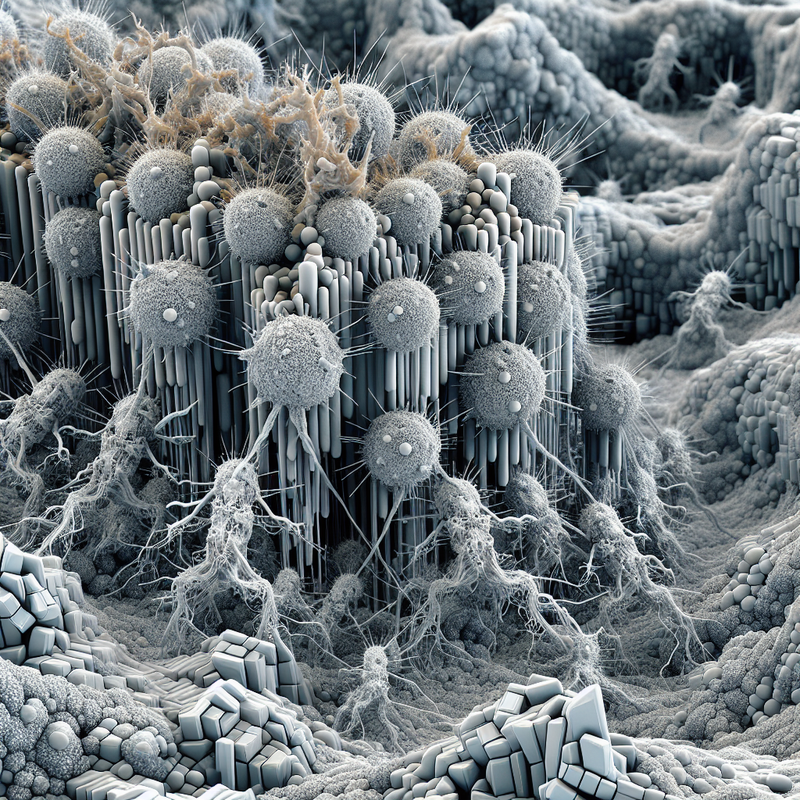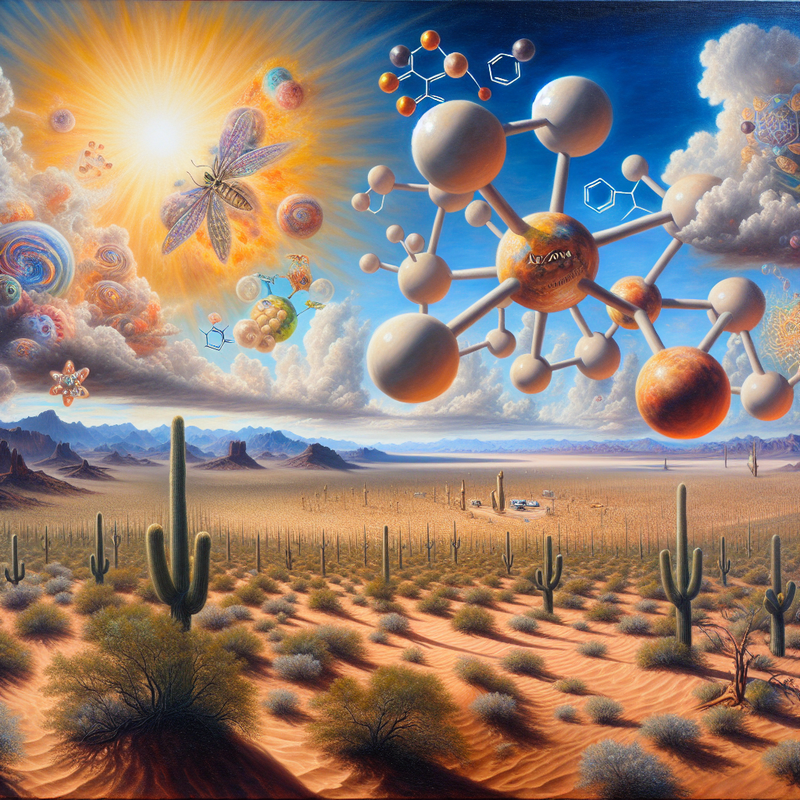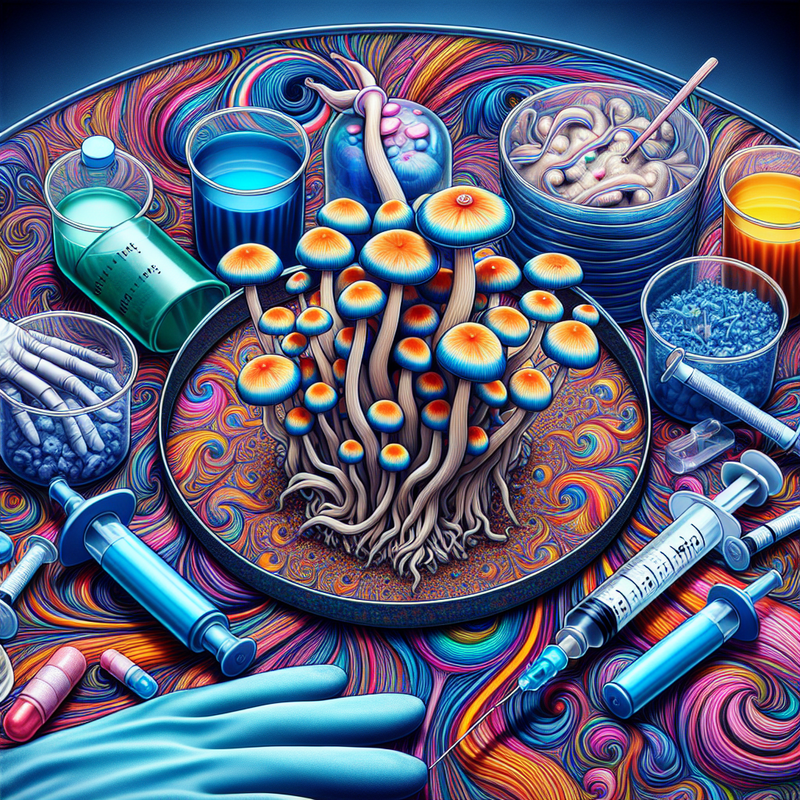Microbial Pioneers of Material Innovation: Paving the Path for Eco-Friendly Production
A ground-breaking endeavor within the realm of material science has scientists probing into the capabilities of microscopic life forms such as viruses, bacteria, and fungi for constructing novel structures. This nascent branch of science embraces the sophisticated by-products of biological processes, including bone, silk, and leather, and aspires to leverage the meticulous crafting abilities of microorganisms for the manufacture of advanced high-tech materials.
The intricacies of material properties are inextricably linked to their structural composition—a fact that has not fallen on deaf ears in the scientific community. Researchers are harnessing the innate abilities of these microscopic organisms to arrange crystals into elaborate patterns, effectively creating ‘biological blueprints’ for the development of crystal structures. The utilization of microbial precision in the creation of materials has generated considerable enthusiasm, drawing from the organisms’ uniform sizes, widespread availability, and suitability for eco-friendly production settings, favoring temperate operational conditions of temperature, pressure, and pH levels.
Chemist Chad Mirkin from Northwestern University has expressed optimism regarding the somewhat untapped prowess of microbial entities in the context of material science. He notes a growing trend in employing these minute life forms—an observation that signals a shift towards bio-based material production.
Exploiting Microorganisms for Technological Breakthroughs
The portfolio of materials produced by various microbes is already compelling, with certain marine microorganisms, known as diatoms, naturally producing silica, while others conjure up iron oxides into magnetic materials. In an ingenious twist, scientists have integrated genetic engineering techniques into the mix, coaxing bacteria into interacting with inorganic substances in unprecedented ways. This includes prompting Escherichia coli to grow gold crystals or enabling the fungus Verticillium to synthesize silver nanoparticles—each instance showcasing a snippet of the vast potential.
Further, viruses are giving rise to methods for forging structures that mirror liquid crystals, which yields innovative avenues for material creation. Angela Belcher from the Massachusetts Institute of Technology has harnessed her insights into natural structures, such as those found in abalone shells, to encourage viruses to latch onto semiconductor materials, giving birth to exceptionally defined structures that would be otherwise difficult to achieve.
These microorganisms aren’t limited to simple tasks, extending their aptitude to generating intricate matrices. Fungi demonstrate this capability, serving as natural templates for engineering new substances, presenting a variety of shapes, catalytic surfaces, and possibilities for use in optical, electronic, and magnetic fields.
Despite their merits, the natural habitats of these organisms might pose usage constraints under the harsh conditions typical of modern production settings. Nevertheless, solutions appear within reach, either by sourcing thermophile organisms that thrive in extreme temperatures or manipulating the protein coatings of standard viruses to overcome these challenges.
As the manipulation of microorganisms flourishes in scientific circles, there is growing confidence in the role they will play in streamlining material science designs towards more sustainable methodologies. With continued research and technological advancements, it’s increasingly clear that the remarkable constructions at the microbial level are becoming vital to understanding and harnessing material properties for a range of applications..




